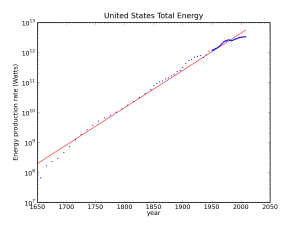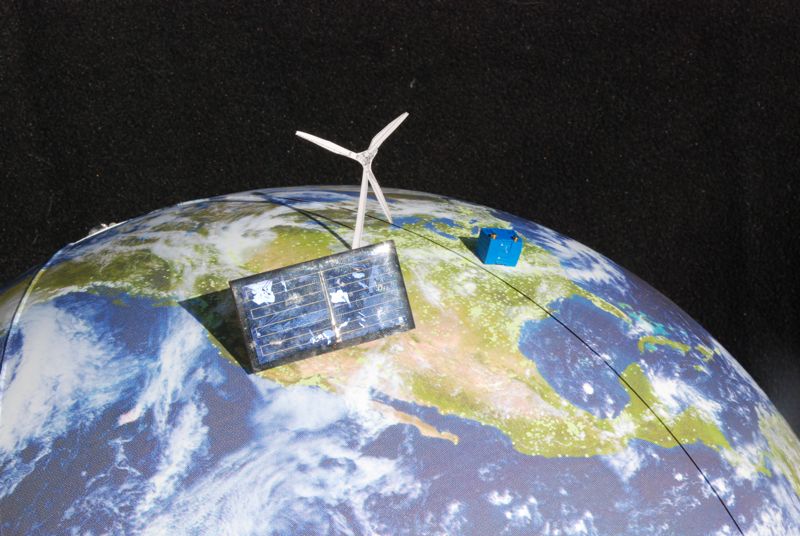How many times have you heard it: if we could tap into the energy embedded in our copious waste streams, we could usher in a new era of energy independence—freeing ourselves of the need to support oppressive regimes who happen to sit atop the bulk of the oil reserves in the world. In fact, these sorts of claims are abundant enough to give the impression that we have a cornucopia of fresh (and sometimes not so fresh) energy solutions to pursue if we got really serious. This is a hasty and dangerous conclusion, so in this case, waste makes haste.
I consider this perceived abundance of technological solutions to be one of our worst enemies in developing sensible solutions to the coming fossil fuel energy crunch. If ideas abound, each claiming some ability to free us of foreign oil, then surely we’ve got the situation under control and don’t need to invest substantial time and energy today to solve what looks like a non-problem of tomorrow. But what if the claims are overblown, hyped, or just plain wrong? At best, this is irresponsible behavior. At worst, the resulting sense of complacency could delay substantive action to our ruin. Continue reading
Views: 2438



